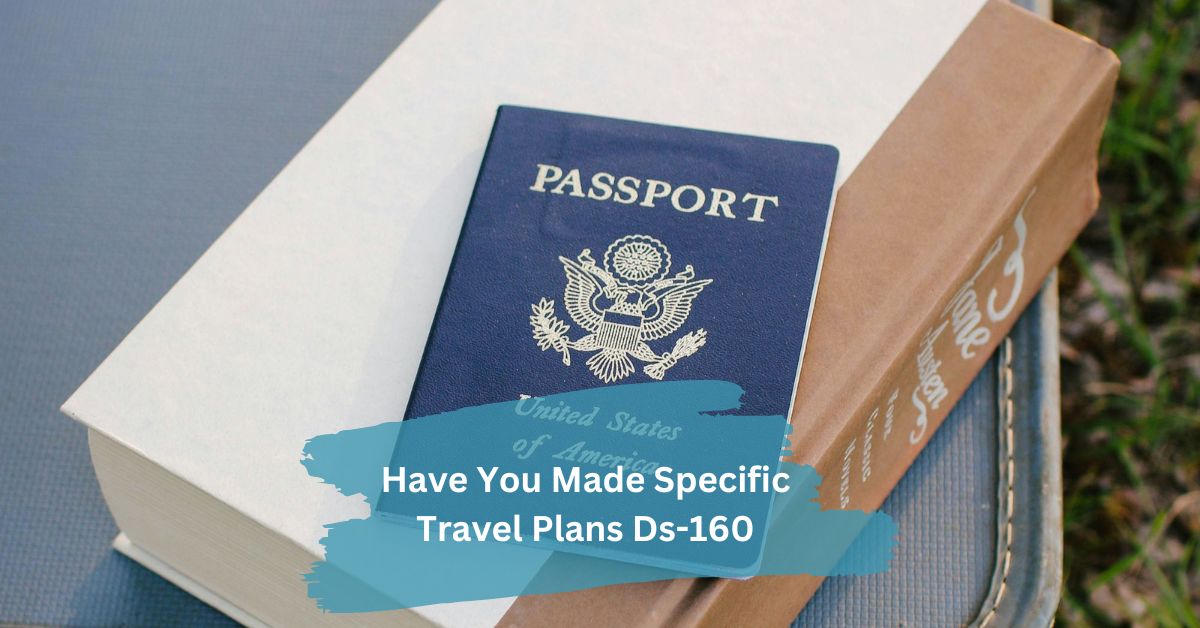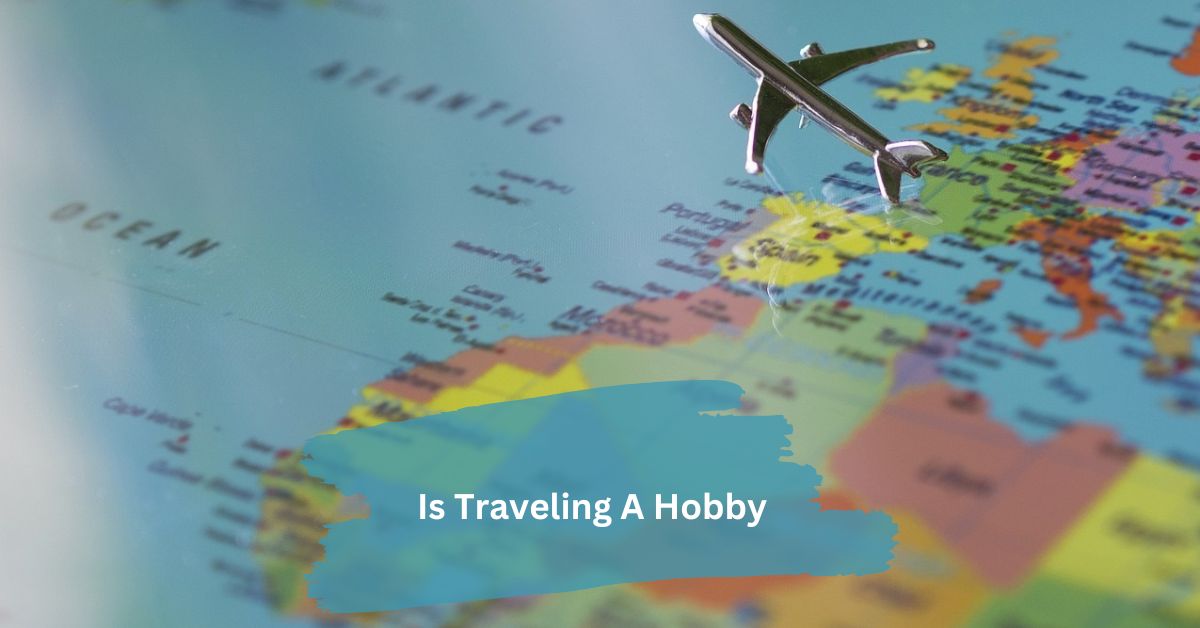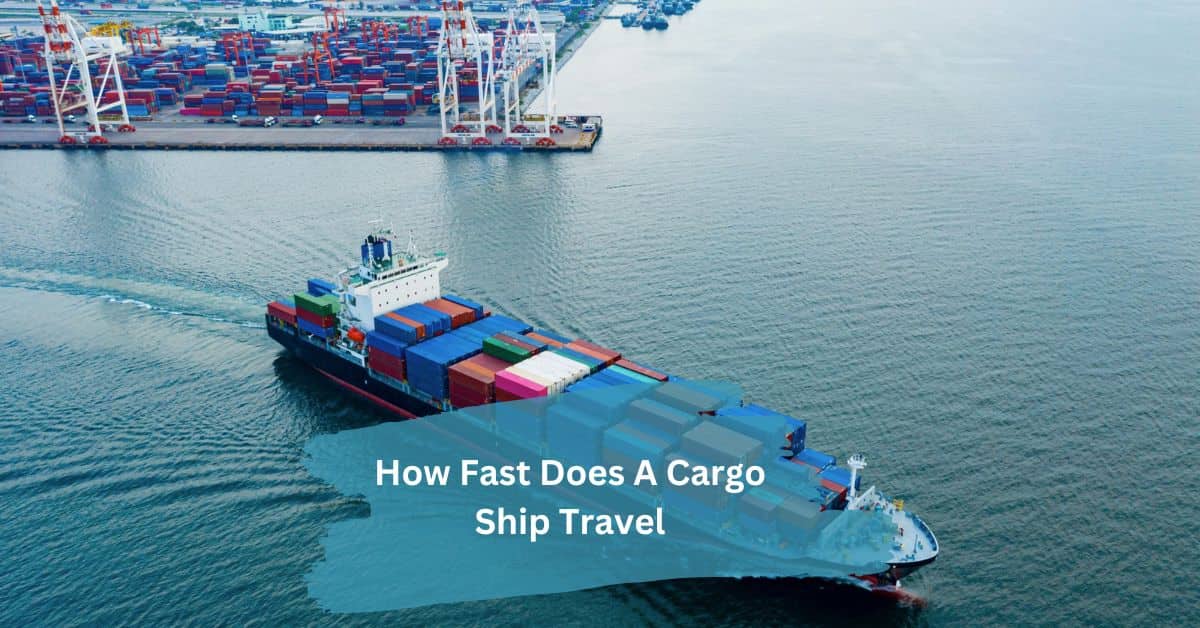
The constant velocity experiment of the cargo ship itself answers the question, “How fast does the cargo ship travel?” Typically, these ships maintain a speed of 16-24 knots (18-28 mph) to balance fuel efficiency and timely delivery. Unlike fast shipping, cargo ships prefer more reliable and cost-effective travel over speed.
How fast does a cargo ship travel? Cargo ships typically travel at 16–24 knots (18–28 mph), prioritizing fuel efficiency and on-time delivery over speed. This helps to maintain the best balance between price and delivery schedule.
Introduction to cargo ship travel
“How fast does a cargo ship travel?” This question often arises when considering the vast network of global trade. Cargo ships, the backbone of maritime shipping, are built for reliability and fuel efficiency rather than speed.
Typically, they travel at a speed of 16–24 knots (18–28 mph), which is affected by factors such as ocean currents, cargo weight, and fuel economy. Understanding these dynamics helps reveal the balance between on-time delivery and cost-effective operations that defines modern shipping logistics.
What Is Cargo Ship Travel?
Cargo ship travel involves the movement of large commercial ships that transport goods across seas and oceans. These ships are designed to carry a variety of cargo, including containers, bulk cargo such as grain or coal, and other shipments. Unlike passenger ships or cruises, cargo ships prioritize efficiency, reliability, and cost-effective delivery over speed or comfort.
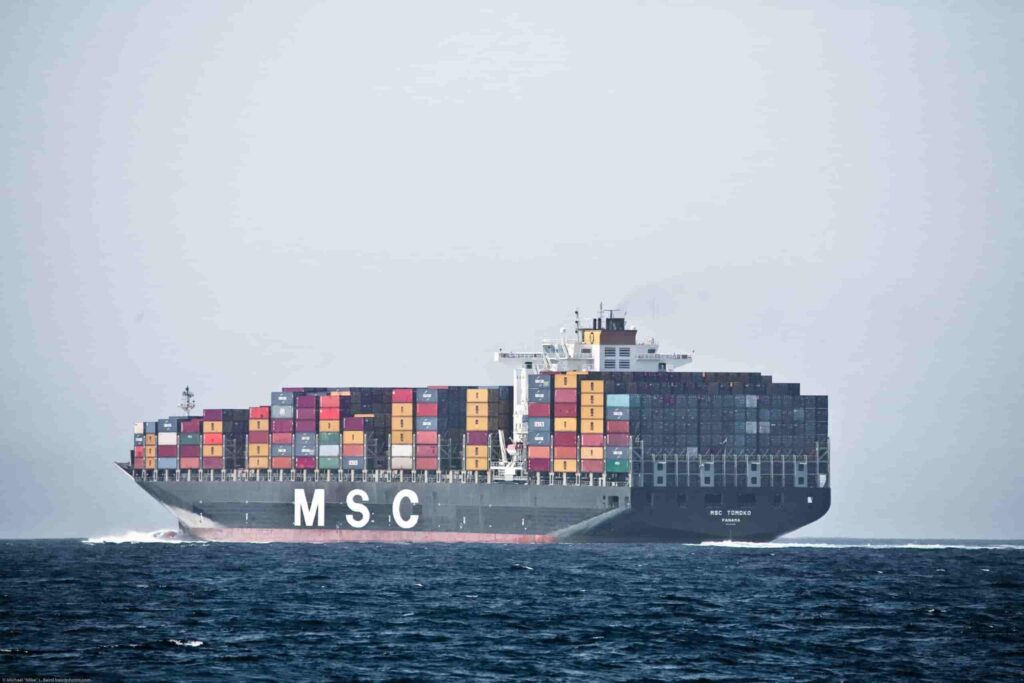
The concept of cargo ship travel includes logistics, routes and operational aspects that ensure the safe and timely transportation of products globally, supporting international trade and supply chains.
How long does it take for a cargo ship to cross the Pacific
The time it takes a cargo ship to cross the Pacific Ocean varies based on factors such as the ship’s speed, route, weather conditions and port logistics. The Pacific Ocean, Earth’s largest and deepest ocean, stretches from about 8,000 to 12,000 nautical miles, depending on specific starting and ending points.
Typically, cargo ships travel at an average speed of 16-24 knots (18-28 mph). At these speeds, the trip across the Pacific Ocean could take anywhere from 15 to 30 days. For example, a voyage from major Asian ports such as Shanghai or Tokyo to US West Coast ports such as Los Angeles or Seattle typically takes about two to three weeks.
However, routes spanning longer distances, such as from East Asia to ports in South America or Australia, can extend the journey by close to a month or more.
Several factors can affect the duration of this crossing:
- Weather Conditions: Storms, rough seas, and other adverse weather conditions can slow down a ship for safety reasons.
- Ocean Currents: Currents such as the North Pacific Current can help or hinder travel depending on the path and direction.
- Port Congestion: Time spent waiting for docking at busy ports can add days to the journey.
- Ship type and cargo: The ship’s load and type, whether a fast container ship or a slow bulk carrier, also plays a role in determining the crossing time.
How fast does a cargo ship go mph?
Cargo ships typically travel at speeds of 18 to 28 miles per hour (mph), depending on various factors such as ship type, cargo, and weather conditions. Here’s a closer look at the speed of cargo ships:
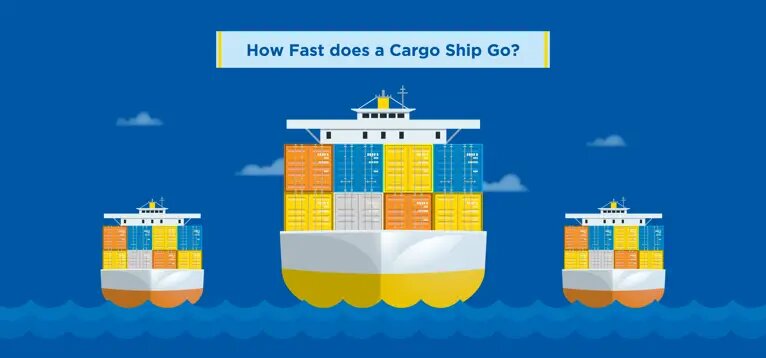
- Speed range: Cargo ships typically move between 18-28 mph, which equates to 16-24 knots depending on their design and purpose.
- Container ships: These are usually fast, traveling at around 22-28 mph to keep up with the demand for fast shipping on global trade routes.
- Bulk Carriers and Tankers: These vessels travel at low speeds, around 18-22 mph, focusing on fuel efficiency and low-cost shipping.
- Fuel efficiency: Ships are designed to balance speed and fuel consumption. Faster speeds burn more fuel, making slower speeds more economical for long-distance travel.
- Weather and ocean currents: Conditions such as storms or strong ocean currents can affect a cargo ship’s speed, either slowing it down or helping it move faster, depending on the direction of the current.
How Far Can A Cargo Ship Travel In A Day
The distance a cargo ship can travel in a day depends on many factors, including the ship’s speed, sea conditions, the type of ship, and its route. Cargo ships typically travel at a speed of 16 to 24 knots (about 18 to 28 miles per hour) and can cover significant distances based on this in a 24-hour period.
1. Average Distance Covered in a Day:
- At 16 knots, a cargo ship can travel about 380 nautical miles (about 437 miles or 703 km) in one day.
- At 20 knots, the daily distance increases to about 480 nautical miles (about 552 miles or 889 km).
- At 24 knots, a cargo ship can cover about 576 nautical miles in one day (about 663 miles or 1,067 km).
2. Factors Affecting Daily Distance:
Ship Type:
- Container ships: designed for speed and efficiency, can usually travel at high speeds, covering greater distances in a day.
- Bulk Carriers: And tankers, which prioritize fuel efficiency, can travel at slower speeds to conserve fuel, reducing their daily mileage.
Ocean Conditions:
- Weather: (such as storms, rough seas, or calm weather) can affect a ship’s speed. In adverse conditions, ships may reduce speed for safety reasons, thereby covering a shorter distance.
- Ocean currents: Depending on the route, favorable currents can help speed travel, while strong or opposing currents can slow a ship down.
Route and Port Stops:
- Ships may have to slow down when approaching ports, navigating narrow channels, or waiting for a docking location, which can reduce the daily distance traveled.
- Long trans-ocean voyages may not include stops, allowing ships to maintain high speeds for longer periods of time.
Fuel Efficiency and Cargo Load:
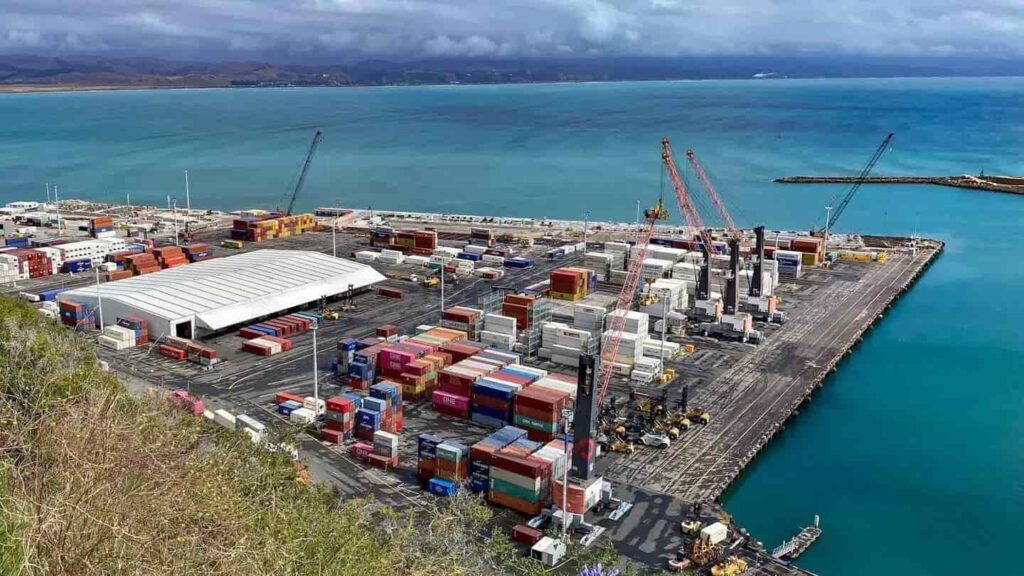
- A heavy load can cause the ship to move more slowly, especially if it is an older ship with less advanced fuel-efficient technology.
- Modern, fuel-efficient ships can be able to travel faster while maintaining good fuel consumption rates.
Practical Example:
For example, a cargo ship from Los Angeles to Shanghai (a distance of about 5,900 nautical miles) will typically take about 12-20 days, depending on the average daily distance covered, which is 400 to 500 nautical miles. Up to miles per day. During this journey, the ship may adjust its speed to navigate currents, avoid storms, or maintain fuel efficiency.
What Is The Average Speed Of A Cargo Ship?
The average speed of a cargo ship is usually between 16 and 24 knots (18 and 28 mph). This speed allows ships to move cargo efficiently across oceans while balancing fuel consumption and travel time.
How Many Miles Does A Cargo Ship Travel In A Day?
A cargo ship can travel 380 to 576 nautical miles (about 437 to 663 miles) in a day. The exact distance depends on the ship’s speed, weather and sea conditions.
FAQ’s
1. How Long Does A Cargo Ship Cross The Pacific?
A cargo ship typically takes 15 to 30 days to cross the Pacific Ocean, depending on factors such as the route and weather conditions.
2. How Long Does A Cargo Ship Take To Cross The Atlantic?
It usually takes a cargo ship 7 to 12 days to cross the Atlantic Ocean, depending on speed, route and conditions.
3. Cargo Ship Speed In Km Per Hour
Cargo ships typically travel at speeds of 30 to 50 km/h (16–24 knots), depending on the type of ship and conditions.
4. Cargo Ship Travel Time Calculator
Cargo ship travel time calculator estimates delivery times based on route, speed and distance between ports.
5. Maximum Speed Of Ship In Sea
Cargo ships can reach a maximum speed of 40 km/h (about 24 knots), but most maintain a slower speed for fuel efficiency.
Conclusion:
How fast a cargo ship travels usually depends on factors such as the type of ship and sea conditions. On average, cargo ships travel at a speed of 16 to 24 knots. This balance ensures efficient and reliable global shipping.


















